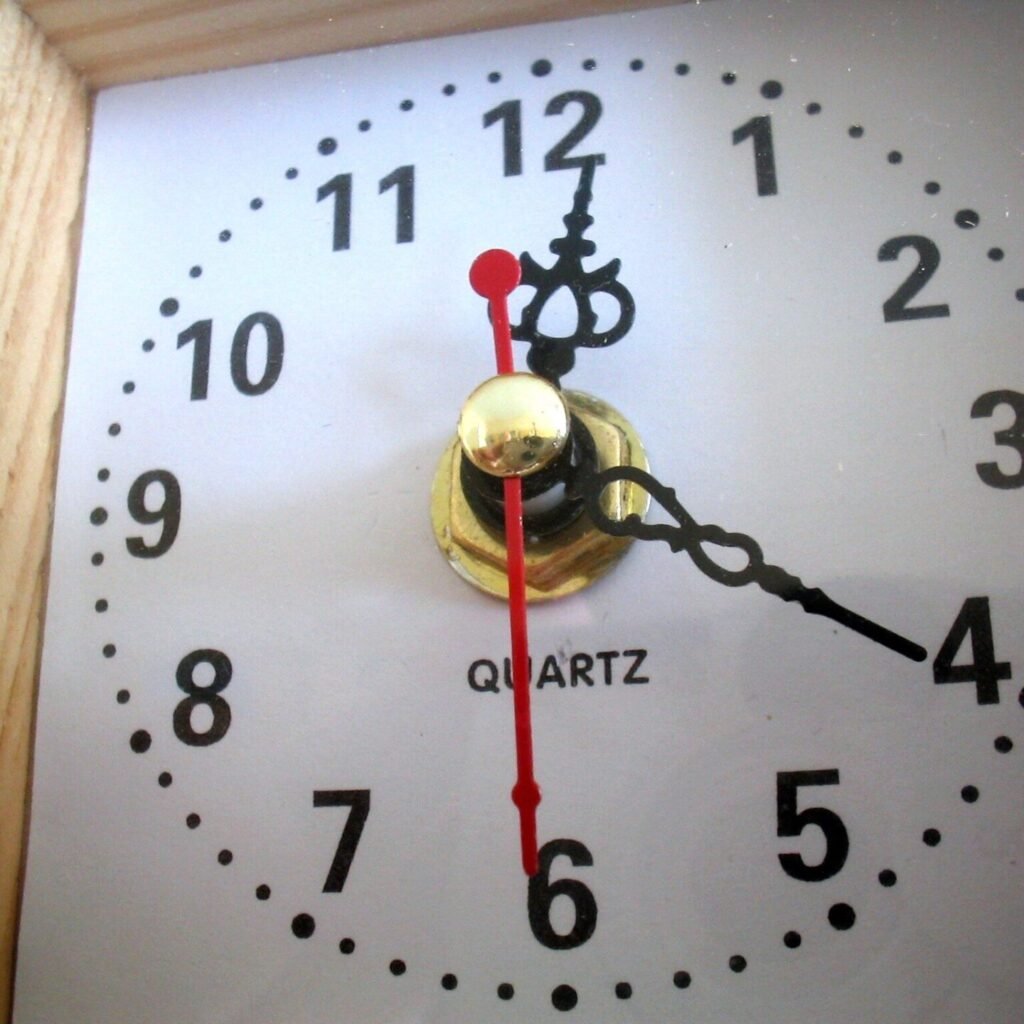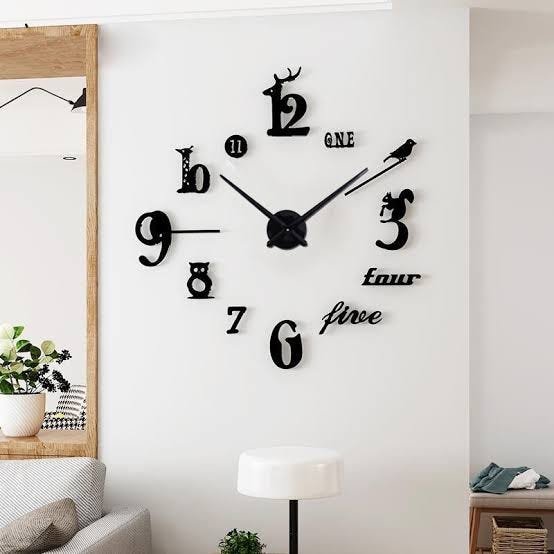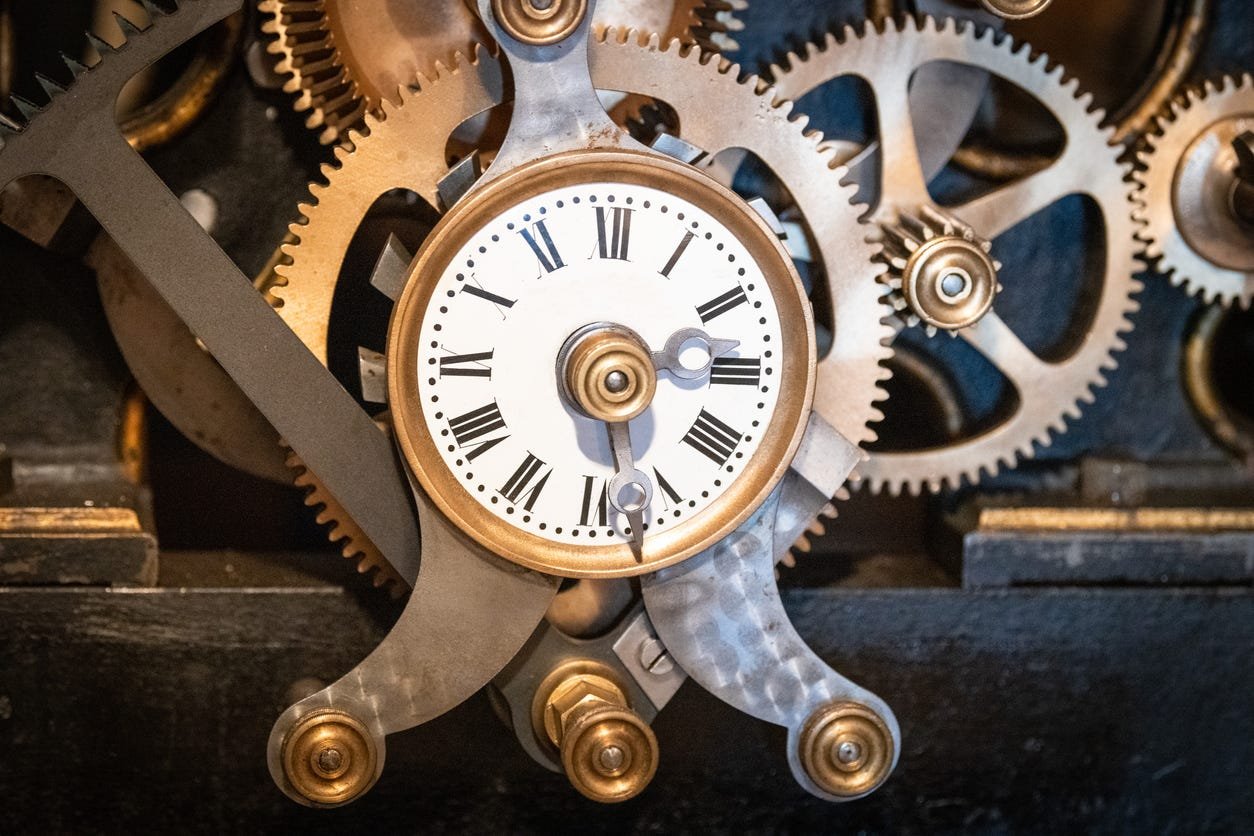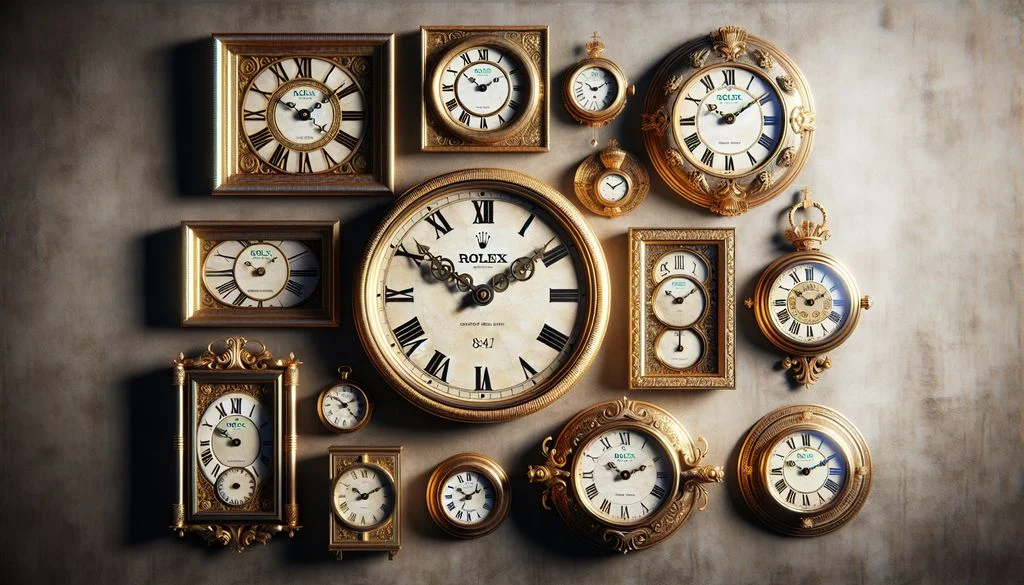The history of clocks spans thousands of years, reflecting humanity’s quest to measure and understand time. From ancient sundials to modern smart clocks, each advancement has marked a significant leap in technology and design. This article explores the evolution of clocks, highlighting key innovations and milestones.
1. Ancient Sundials: The First Timekeepers
Sundials represent the earliest form of timekeeping. Developed by ancient civilizations, these devices used the position of the sun’s shadow to indicate time.
- Design: Sundials consist of a flat plate with markings and a gnomon (a stick or triangular blade) that casts a shadow.
- Usage: Ancient Egyptians and Greeks used sundials to plan daily activities and ceremonies. The position of the shadow indicated different times of the day.
- Limitations: Sundials were limited by weather conditions and the need for direct sunlight.
In summary, sundials were the first tools for measuring time, relying on the sun’s position to indicate hours.
2. Mechanical Clocks: A Medieval Revolution
Mechanical clocks emerged during the medieval period, marking a significant advancement in timekeeping technology.
- Design: Early mechanical clocks used gears, weights, and escapements to measure time. These innovations allowed for more precise and consistent timekeeping.
- Development: The first mechanical clocks appeared in European monasteries during the 13th century. Monks used them to regulate prayer times.
- Features: Mechanical clocks introduced features like chimes and bells to signal the passing of hours.
In summary, mechanical clocks revolutionized timekeeping with their ability to measure time more accurately and consistently.
3. Pendulum Clocks: Precision and Accuracy
Pendulum clocks were introduced by Dutch scientist Christiaan Huygens in the 17th century. These clocks greatly improved accuracy.
- Design: Pendulum clocks use a swinging pendulum to regulate the passage of time. This mechanism allowed for unprecedented precision in timekeeping.
- Impact: The introduction of the pendulum clock significantly reduced timekeeping errors. It became the standard for accuracy in clocks and watches.
- Usage: Pendulum clocks were widely used in homes, public buildings, and scientific laboratories.
In summary, pendulum clocks set a new standard for accuracy in timekeeping, thanks to the innovative pendulum mechanism.
4. Quartz Clocks: The Age of Electronics
Quartz clocks emerged in the 20th century, marking the beginning of the electronic age in timekeeping.
- Design: Quartz clocks use an electronic oscillator regulated by a quartz crystal. This technology offers high accuracy and stability.
- Advantages: Quartz clocks are more affordable and reliable than their mechanical predecessors. They require less maintenance and are not affected by temperature changes.
- Popularization: Quartz technology led to the widespread adoption of battery-operated clocks and watches.
In summary, quartz clocks introduced electronic timekeeping, providing a cost-effective and reliable alternative to mechanical clocks.

5. Smart Clocks: The Future of Timekeeping
Smart clocks represent the latest innovation in timekeeping, integrating advanced technology with traditional clock functions.
- Features: Smart clocks offer functionalities such as voice control, smart home integration, and connectivity with other devices. They can display information like weather updates and notifications.
- Design: These clocks often feature digital displays and touchscreens, offering customizable settings and interactive features.
- Examples: Popular smart clocks include the Amazon Echo Show and Google Nest Hub, which blend timekeeping with modern technology.
In summary, smart clocks combine timekeeping with advanced technology, providing multifunctional devices that enhance daily life.
6. Conclusion
The history of clocks reflects humanity’s ongoing pursuit of precision and innovation. From the ancient sundials that first measured time to the smart clocks that integrate with modern technology, each advancement has built upon the previous ones. Understanding this evolution highlights how far we’ve come in our quest to master time, and it sets the stage for future innovations in timekeeping.




Alright, so I downloaded the 8jililoginapp app. It’s not bad! Makes it super convenient to play on my phone. Could be a little smoother, but overall a solid experience. Here’s the link: 8jililoginapp
Hey all, anyone checking out gà chọi c1.com trực tiếp? Let me know what you think! Always on the lookout for the best places to watch.
Von klassischen Slots wie Book of Ra bis hin zu
modernen Video-Slots wie Bigger Bass Bonanza – hier findet jeder Spieler sein Lieblingsspiel.
Das Löwen Casino Spielangebot umfasst beliebte Spielautomaten von renommierten Anbietern wie Greentube, Pragmatic Play, Gamomat und
Ballywulff. Als lizenziertes Online Casino in Deutschland erfüllt Löwen Play alle rechtlichen Anforderungen und
bietet ein sicheres Spielumfeld. Sichern Sie sich jetzt Ihren exklusiven Willkommensbonus und starten Sie mit extra Guthaben und kostenlosen Spins in Ihr Casino-Abenteuer!
Deutschlands bestes Online Casino mit über 1000 Spielautomaten, Live Casino und
attraktiven Bonusangeboten. Natürlich findest Du bei uns weiterhin die beliebten Top-Slots wie Book
of Ra deluxe, Eye of Horus oder Big Bass Bonanza.
Die Spiele stammen von renommierten Herstellern und
aus der hauseigenen Lionline-Reihe. Das Mindestalter für alle
Glücksspiele in Deutschland beträgt 18 Jahre.
Aus Sicherheitsgründen zahlt der Anbieter auf demselben Weg aus,
über den zuvor eingezahlt wurde (sofern technisch möglich).
Eigenentwicklungen von Lionline ergänzen das Angebot gezielt – vertraute Mechaniken, klarer Ablauf, fokussierte Boni.
Löwen Play kombiniert bekannte Klassiker mit neuen Releases aus
deutschen Spielhallenwelten und internationalen Studios.
Bei kaum einem anderen Online Glücksspiel-Anbieter können aktuell
nämlich Top-Slots wie Eye of Horus, Dragon’s Treasure, Fishin Frenzy
oder El Torero gespielt werden. Hervorzuheben ist hier in jedem Fall die Tatsache, dass sogar virtuelle Spielautomaten von Merkur und Lionline
gespielt werden können. Ebenso bietet Löwen Play jedem Spieler die
Möglichkeit einer temporären oder dauerhaften Sperre.
Mindestens müssen nur 10 Euro überwiesen werden, um die virtuellen Automatenspiele genießen zu können. Dazu gehören unter anderem Immortal Romance, Thunderstruck, Break Da Bank
Again und Book of Aztec. Über einen langen Zeitraum standen derartige Spielautomaten online überhaupt nicht zur
Verfügung.
References:
https://online-spielhallen.de/ihr-umfassender-leitfaden-zum-holland-casino-venlo-bonus-code/
Unangefochtenes Highlight des Gebäudes sind allerdings die zwei Pavillons, die mit Kuppeln verziert
sind und den Eingangbereich umranden. Denn es ist diesem französischen Architekten zu verdanken, dass der Prachtbau im eindrucksvollen Beaux-Art-Stil dieses Bauwerk mit
pompösem schmiedeeisernen Vordach errichten ließ.
Heute ist die Spielbank eines der ältesten Casinos weltweit, das eng mit dem Namen Jules Touzet verbunden ist.
Das Casino in Monte Carlo präsentiert sich als pittoreskes Spielparadies, das für die “oberen Zehntausend” einen atemberaubenden Mix aus Luxus und
Muße verspricht. Diese Glücksspieloase begeistert als Spielplatz der Reichen und Schönen, die sich in dem kleinen Fürstentum
an der französischen Riviera auf die Suche nach ihrem ganz persönlichen Glück begeben. Es gibt kein anderes
Casino auf dieser Welt, das Vollkommenheit und Status so
eindrucksvoll verkörpert wie das Casino de Monte Carlo.
Sie haben einen günstigeren Preis für dieses Produkt gefunden? Wähle Alle Angebote, um verfügbare Angebote zu entdecken. Schließlich
hinterlassen die luxuriöse Atmosphäre und die exquisite Ausstattung garantiert einen bleibenden Eindruck.
Wer jedoch nicht in Monaco zu Hause ist, sollte sich einen Besuch der Spielhallen vor Ort nicht
entgehen lassen. Hierfür gibt es sogar ein Gesetz, das strenge Ausweis- und Passkontrollen in den Eingangsbereichen der Casinos in Monaco vorsieht.
Obwohl alle Casinos in Monte Carlo eine große Einnahmequelle
für die Region bedeuten, ist den Einwohnern Monacos der Zutritt zu
den Spielhallen untersagt.
Wir betraten dann den Weißen Saal, der uns sehr elegant erschien. Ein Klassiker, den Sie
sich vor Ihrem Besuch ansehen sollten! Was uns
betrifft, so war es dieser Automat mit dem Thema James Bond,
der unsere Aufmerksamkeit auf sich zog!
References:
https://online-spielhallen.de/bing-bong-casino-mobile-app-ihre-ultimative-spielothek-fur-unterwegs/